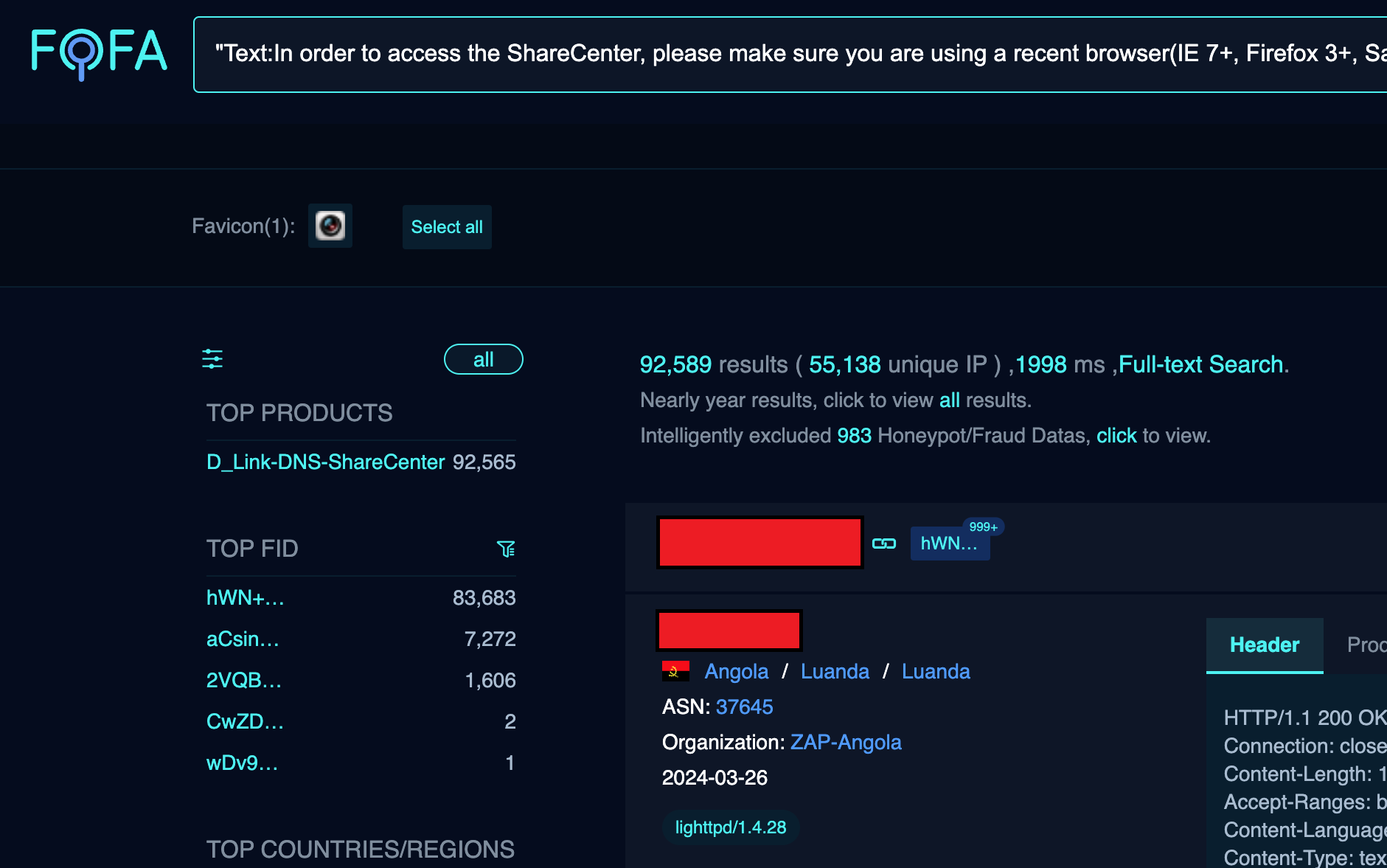
Key Takeaways:
Imagine a scenario where hackers gain unauthorized access to all your personal files, sensitive documents, and treasured memories. The thought alone is terrifying, right? Unfortunately, this nightmare can become a reality when it comes to your home NAS (Network-Attached Storage) devices. These seemingly innocuous devices can act as a dream playground for hackers, allowing them to exploit vulnerabilities and gain access to your private information. In this article, we will explore the shocking truth behind the security risks posed by home NAS devices and the steps you can take to protect yourself from potential cyber attacks.
The Rising Popularity of Home NAS Devices
In recent years, home NAS devices have gained unprecedented popularity among individuals and families seeking a convenient and secure solution for storing and accessing their data. These devices offer the ability to centralize your files, making it easy to access them from any connected device. Additionally, NAS devices provide the option for data redundancy, ensuring that your important files are backed up and protected from potential hardware failures.
With increasing storage capacity and affordable price tags, NAS devices have become a common sight in many households. However, what most people fail to realize is the inherent security risks that come along with these devices.
The Achilles’ Heel: Weak Security Measures
One of the primary reasons home NAS devices are vulnerable to hackers is the lax approach many users take when it comes to securing their devices. Unlike enterprise-grade NAS solutions, which typically include robust security measures out of the box, consumer-grade NAS devices often lack the same level of security features.
Many users neglect to change the default login credentials provided by the manufacturer, making it easy for hackers to gain unauthorized access to their devices. Weak or easily guessable passwords provide hackers with a welcome mat into your personal data. It’s like leaving your front door unlocked and expecting no one to enter.
Furthermore, home NAS devices are often not updated with the latest firmware, leaving known vulnerabilities open and exploitable. Manufacturers frequently release firmware updates to address security flaws and improve device performance. However, without regular updates, users unknowingly expose themselves to potential breaches.
Attention: Protect Your Home NAS Devices Now!
The shocking truth is that your home NAS devices are a goldmine for hackers if not adequately protected. Highlighted below are certain measures you can take to safeguard your data and prevent any unauthorized access to your NAS devices:
1. Keep Firmware Up-to-Date
Regularly updating your device’s firmware is crucial as it ensures that known security vulnerabilities are patched. It’s imperative to check your manufacturer’s website or enable automatic firmware updates to keep your device protected.
2. Strong Passwords are Key
When setting up your NAS device, take the time to create a strong, unique password. A strong password should be lengthy, include a combination of uppercase and lowercase letters, numbers, and special characters. Avoid using easily guessable information like your pet’s name or birthdate.
Moreover, it’s good practice to change your password periodically to stay one step ahead of potential hackers.
3. Implement Two-Factor Authentication
Two-factor authentication (2FA) adds an extra layer of security to your NAS device by requiring a second form of verification, usually in the form of a unique code sent to your mobile device, along with your password. This layer of authentication makes it exponentially more challenging for hackers to gain access to your data, even if they manage to bypass your password. Enable 2FA whenever possible for enhanced security.
4. Encrypt Your Data
By enabling encryption on your NAS device, any data stored on it becomes unreadable without the proper decryption key. Utilize the encryption capabilities provided by your device to protect your sensitive files and personal information from unauthorized access.
Frequently Asked Questions
Conclusion
It’s crucial to acknowledge the potential security risks associated with your home NAS devices. By implementing the necessary security measures, such as updating firmware, utilizing strong passwords, enabling 2FA, and encrypting your data, you can better protect your valuable files and personal information from falling into the wrong hands.
Don’t wait until you become another statistic in the world of cyber attacks. Take action now to secure your home NAS devices and ensure that hackers have no easy access to your personal playground of data!
Source: insidertechno.com